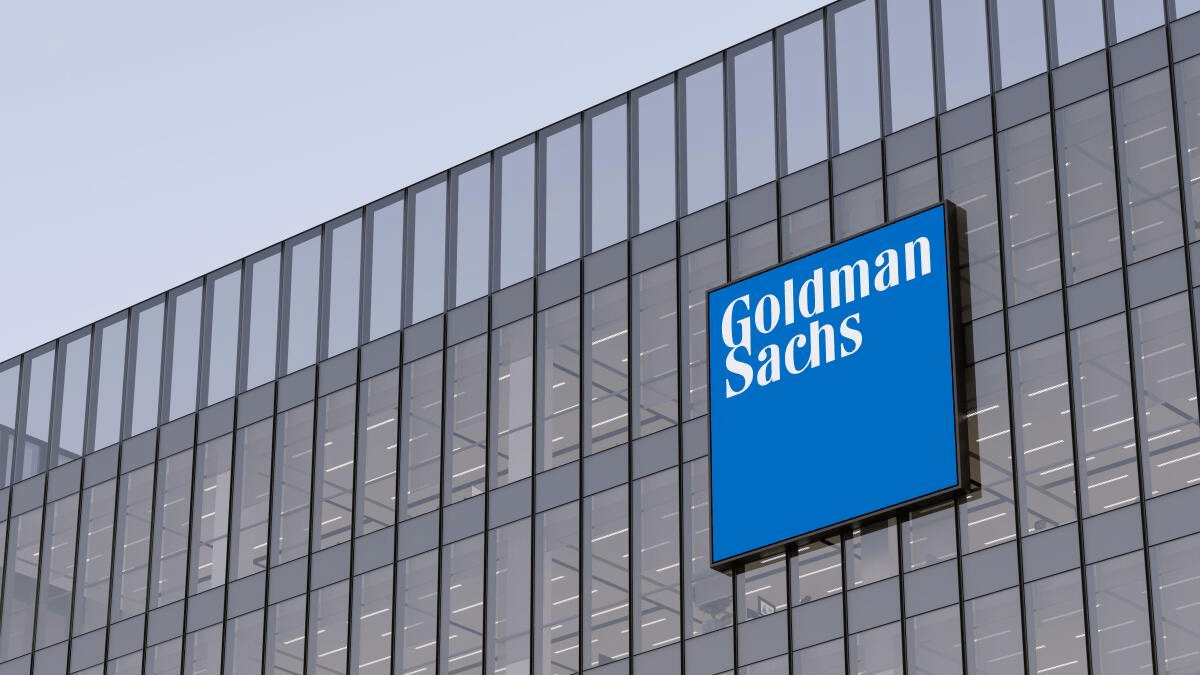When Goldman Sachs, one of Wall Street’s most influential firms, pours millions into India’s real estate [1], investors worldwide take notice. In 2023 alone, the firm ramped up investments in Indian markets as interest in China waned, signaling a seismic shift in global capital flows [4]. But why is India’s real estate suddenly the darling of institutional investors? Let’s unpack the trends, data, and reforms driving this boom—and why you might want a slice of the action.
The Goldman Sachs Playbook: A Vote of Confidence
Goldman Sachs isn’t dabbling—it’s going all in. Recent partnerships, like its $250 million collaboration with Bengaluru’s Nitesh Estates, focus on income-generating commercial and residential assets [1]. This aligns with their broader strategy to capitalize on India’s “affluent crowd,” targeting sectors where demand outpaces supply [3]. But Goldman isn’t alone. Foreign investors poured over $5 billion into Indian real estate in 2023, lured by high returns and regulatory clarity [5].
RERA & Reforms: Trust Meets Transparency
India’s real estate sector wasn’t always investor-friendly. Opaque deals and delayed projects scared off buyers. Enter RERA (Real Estate Regulatory Authority), a 2016 reform that mandates timely deliveries, transparent pricing, and buyer protections [9]. Paired with the Model Tenancy Act, these policies have slashed litigation risks and boosted investor confidence. The result? A 12–14% surge in sales volume in 2024, with prices rising 6–7% annually [6].
Affordability Meets Aspiration
India’s real estate offers jaw-dropping value compared to Western markets. A luxury 3-bedroom apartment in Pune costs ₹1.5 crore ($180,000), while a similar unit in London’s suburbs fetches £1.2 million ($1.5 million). Even rental yields tell a stark story: 8–10% annually in India vs. 2–3% in New York [5]. For context, Goldman’s Growth Fund now prioritizes India over China, citing “competitive valuations” and a “demographic dividend” [4].
Urbanization & Infrastructure: Building Tomorrow’s Cities
India’s urban population is set to double by 2050, creating demand for 700+ million square meters of residential space [9]. Tier 2 cities like Ahmedabad and Coimbatore are outpacing metros, with developers reporting 20% annual price hikes [7]. Meanwhile, infrastructure projects—the Delhi-Mumbai Expressway, Bengaluru’s metro expansion—are unlocking previously inaccessible land, multiplying its value overnight [8].
The “Demographic Dividend” Edge
Half of India’s 1.4 billion people are under 25, and this generation is hungry for housing [9]. Unlike aging Western populations, India’s youth are entering peak earning years, driving demand for homes, offices, and retail spaces. Goldman’s bet hinges on this demographic wave: “The next decade belongs to India’s aspirational middle class,” says a 2024 report [3].
How to Capitalize: Strategies for Individual Investors
While Goldman snaps up commercial complexes, retail investors can thrive too. Consider:
- Buy-and-hold: Target rental properties in tech hubs like Hyderabad (home to Amazon’s largest campus).
- REITs: Invest in Goldman-backed trusts for diversified exposure without the hassle of property management [7].
- Tier 2 focus: Cities like Lucknow and Indore offer higher appreciation with lower entry costs [6].
Conclusion: The Clock Is Ticking
Goldman Sachs isn’t betting on India—it’s betting on inevitability. With reforms, demographics, and infrastructure converging, the question isn’t *why* invest, but *how soon*. As Sumit Kumar, a market analyst, notes: “The next 5 years will redefine Indian real estate. Miss this, and you’ll regret it” [6].
Sources:
[1] Goldman Sachs Likely to Invest in Indian Real Estate Major
[3] Realty stock in which Goldman Sachs bought fresh stake in Q2
[4] Goldman Sachs plans return to Indian real estate with $2-3 billion
[5] Goldman Sachs to Invest $3B in India's Real Estate Sector — Report
[6] FDI Statistics - DPIIT
[7] US$4 Trillion Opportunity: Goldman Sachs Sees No End to India Boom
[8] Foreign investment in real estate down 30% in FY23
[9] Real Estate Sector in India And Impact of RERA (PDF)
[10] Indian real estate investments surge to US$6.5 billion in 2024

